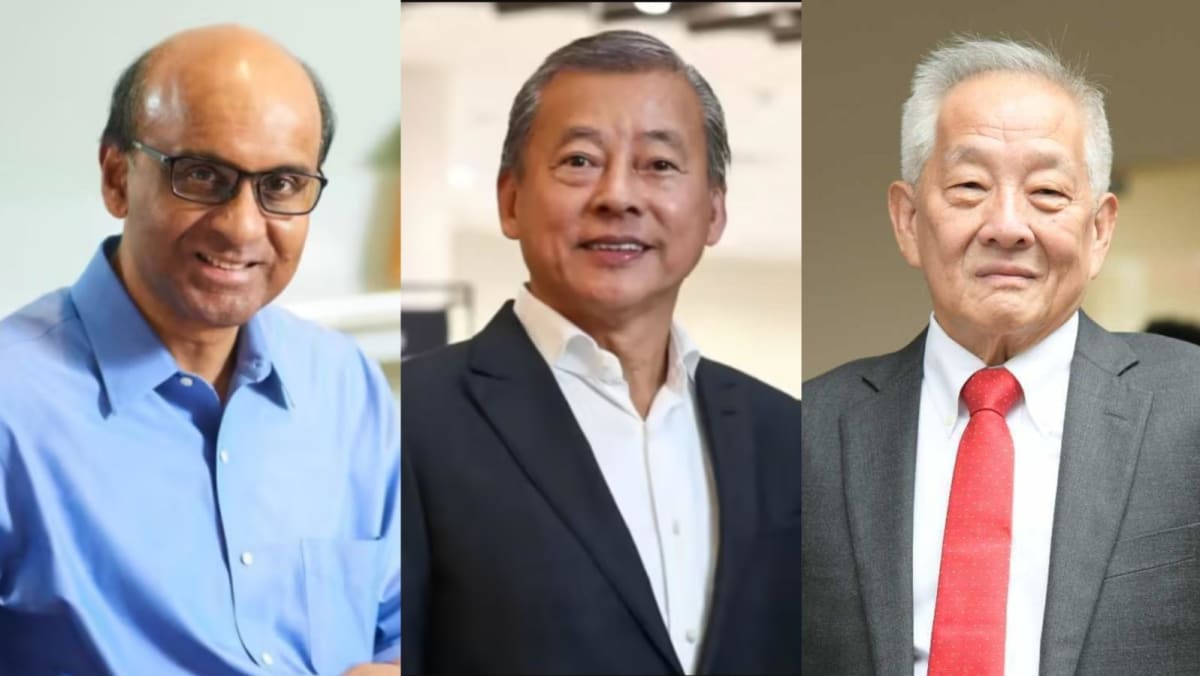
While more candidates offer the electorate choice, there will inevitably be questions about splitting votes in Singapore’s first-past-the-post system. An election involving more than two candidates will typically result in a broader distribution of votes across the board.
The 2011 Presidential Election featured four candidates, with Mr Tony Tan winning with 35.2 per cent of votes cast, narrowly edging out Mr Tan Cheng Bock (34.85 per cent) ahead of former opposition politician Tan Jee Say (25.04 per cent) and former NTUC Income CEO Tan Kin Lian (4.91 per cent).
In contrast, the 1993 Presidential Election saw Mr Ong Teng Cheong win by 58.69 per cent against Mr Chua Kim Yeow (41.31 per cent). As such, a dilution of votes away from the winning candidate could be interpreted as a less-than-robust mandate by some.
With Mr Ng’s entrance, we can expect to see some extent of vote dilution in the 2023 Presidential Election, with voters who prefer a candidate without no history of political affiliations likely to vote for either Mr Ng or Mr Goh.
MIDDLE GROUND OPTION
However, such oversimplification might be a disservice to voters. On his part, Mr Ng pointed out that he would not “endure all this suffering” with his family “for the sake of just splitting the votes”.
It is also important to note that Mr Ng and Mr Goh differ in one important way. Unlike Mr Goh, who has established himself in the private sector, Mr Ng possesses strong policy experience from his extensive experience in public service.
This means that Mr Ng will likely appeal to voters who would prefer a president with experience in the government but who may not have enjoyed any party affiliations.
